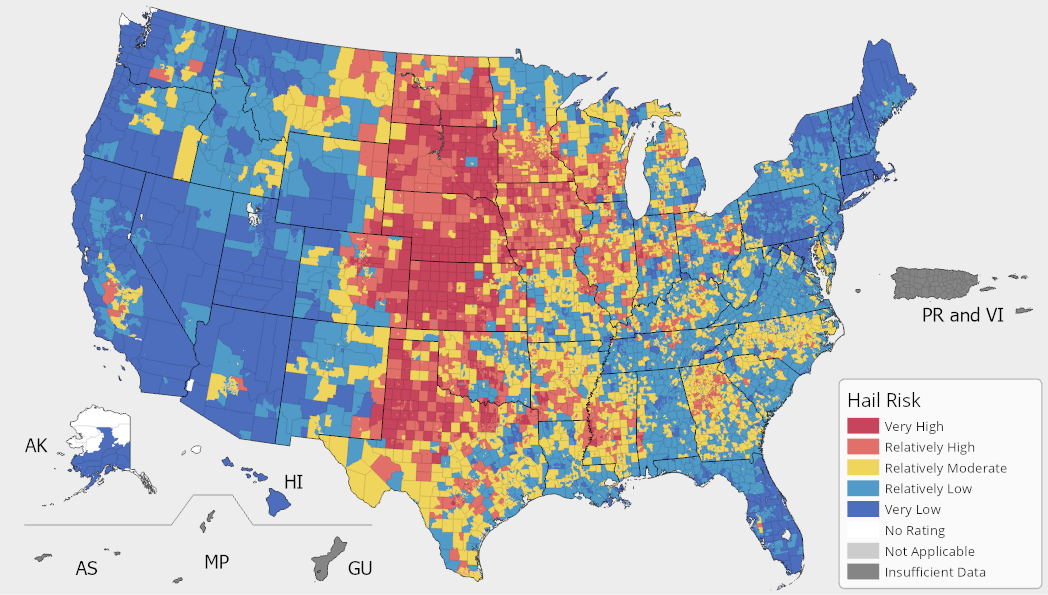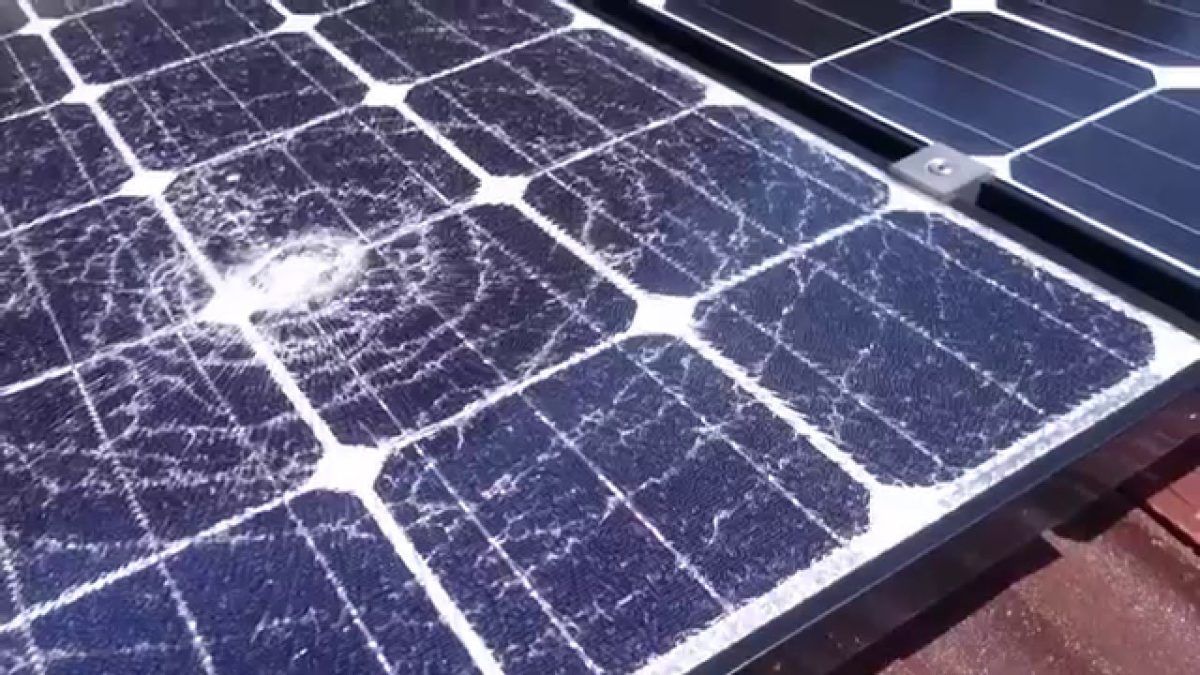Recently a hailstorm in Texas caused widespread damage to the Fighting Jays solar facility, a 350 MW site that ranks among the largest in the nation. News reports quickly circulated after the event, warning of the risk of cadmium telluride leaking from the cracked panels and toxifying the nearby water table.
“My concern is the hail damage that came through and busted these panels – we now have some highly toxic chemicals that could be potentially leaking into our water tables,” Needville, Texas resident Nick Kaminski told Fox News affiliate KRIV-TV. “I have a family — two children and a wife. My neighbors have kids and a lot of other residents in the area who are on well water are concerned that the chemicals are now leaking into our water tables.”
The Solar Energy Industries Association (SEIA) released a report dispelling these reports, which initially reported false information.
“There are rumors swirling that the broken solar panels contain cadmium telluride. This is categorically false. The Fighting Jays solar farm was built using crystalline silicon photovoltaic cells, which do not contain that material,” said SEIA.
Most solar panels installed nationwide are of silicon material, a substance found everywhere in sand and quartz, and built into glassware, countertops, toys and computer equipment.
“Additionally, even if the panels did contain harmful levels of toxic substances, ‘leakage’ is not possible,” said SEIA.
SEIA explained that the panels at Flying Jay are laminated between two sheets of sealed transparent plastic, covered in tempered glass, fitted with another layer of plastic or glass on the back, and sealed in an aluminum frame.
“Even if the glass breaks and is left untouched or unrecycled, it would take decades to extract any type of substance from the broken panels,” said SEIA.
SEIA has vetted a network of solar panel recyclers that can process 10 million panels per year. Repair and repowering is an option for some facilities, as well.
However, there is no denying that hail risk is a legitimate issue for the solar industry, particularly for hail-prone regions of Texas. Over the past five years, hail damage has caused more than 50% of total insured project losses, said hail risk expert VDE. Though infrequent, these events can produce record losses. In 2022, hail losses exceeded $300 million in Texas alone.

Image: FEMA
SEIA pointed out that while solar panels are not immune from natural disasters, neither are their fossil fuel counterparts. Natural gas pump stations and coal piles can freeze, power plants can flood, and storms can force nuclear power plants to shut down for weeks at a time.
While talking heads have spotlighted the Flying Jays damage as an example of solar unreliability, the storm is still producing power at partial capacity, despite the widespread damage from the peak hail event. Conversely, freezing natural gas facilities were found to be the cause of widespread outages following Winter Storm Uri in 2021, which left thousands without power and caused roughly $130 billion in near-term economic consequences.
The damage at Fighting Jays was widespread, and as hail risk for solar assets intensifies, the industry is moving to tackle this issue. Watch a pv magazine webinar with VDE on the various strategies to reduce hail risk, including choosing the right solar panel for your project, using software controlled stowing mechanisms that tilt the panels away from direct hail impacts, and other strategies. The webinar also concluded with a discussion on the Fighting Jays project and associated toxicity risks with solar panels, including those containing cadmium telluride.
This content is protected by copyright and may not be reused. If you want to cooperate with us and would like to reuse some of our content, please contact: editors@pv-magazine.com.









By submitting this form you agree to pv magazine using your data for the purposes of publishing your comment.
Your personal data will only be disclosed or otherwise transmitted to third parties for the purposes of spam filtering or if this is necessary for technical maintenance of the website. Any other transfer to third parties will not take place unless this is justified on the basis of applicable data protection regulations or if pv magazine is legally obliged to do so.
You may revoke this consent at any time with effect for the future, in which case your personal data will be deleted immediately. Otherwise, your data will be deleted if pv magazine has processed your request or the purpose of data storage is fulfilled.
Further information on data privacy can be found in our Data Protection Policy.